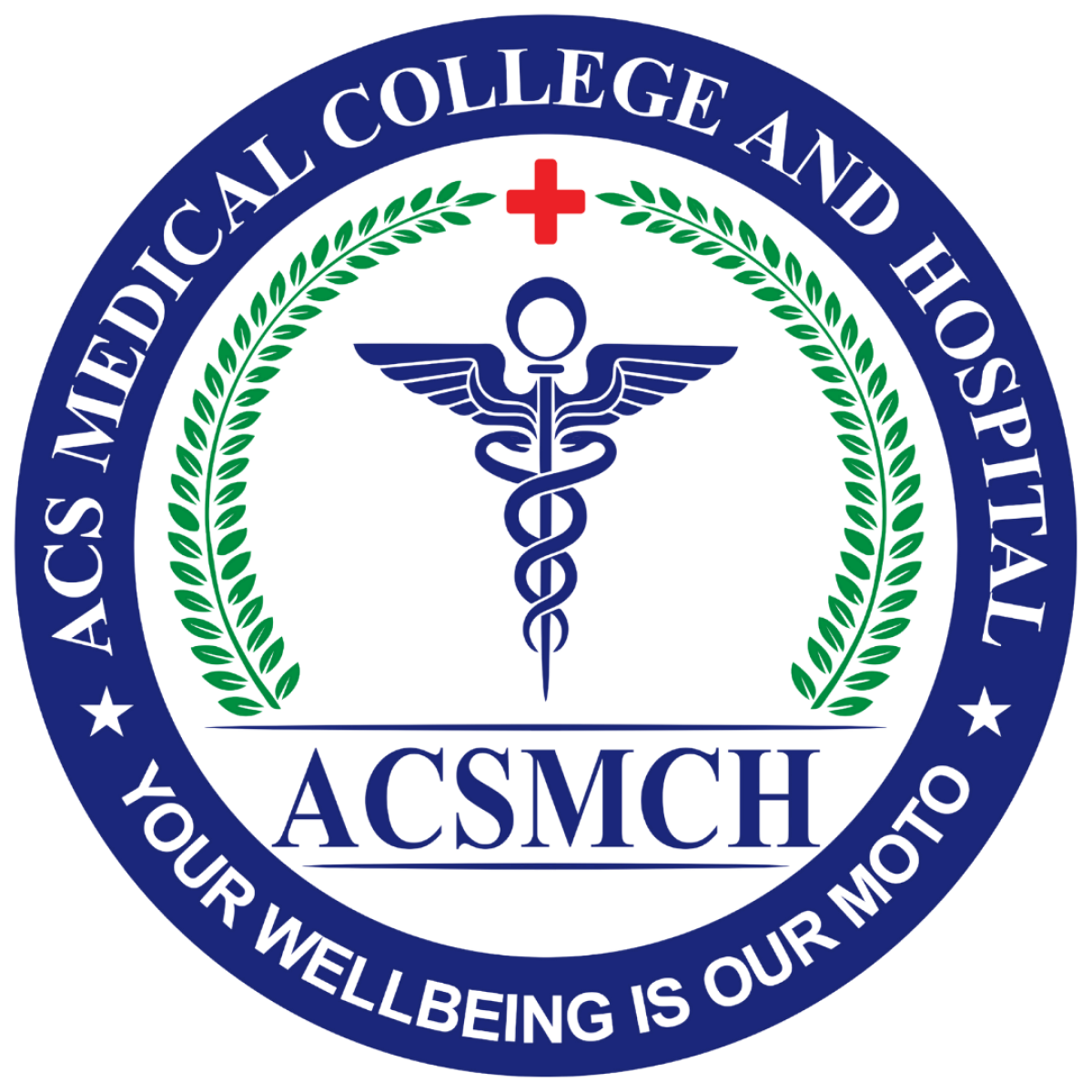There are primarily two main types of diabetes: Type 1 diabetes and Type 2 diabetes. Here’s an overview of each:
- Type 1 Diabetes:
- Cause: Typically an autoimmune response where the immune system mistakenly attacks and destroys insulin-producing beta cells in the pancreas.
- Onset: Often diagnosed in children and young adults, though it can occur at any age.
- Insulin Dependency: Individuals with Type 1 diabetes require lifelong insulin therapy for survival.
- Prevalence: Accounts for about 5-10% of all diagnosed cases of diabetes.
- Risk Factors: Genetic predisposition and potential environmental triggers.
- Type 2 Diabetes:
- Cause: Insulin resistance, where the body’s cells don’t respond effectively to insulin, and a progressive decline in insulin production over time.
- Onset: Most commonly diagnosed in adults, but increasingly seen in children and adolescents due to rising obesity rates.
- Insulin Dependency: Some individuals may manage Type 2 diabetes with lifestyle changes, while others may require oral medications or insulin.
- Prevalence: Represents the majority of diabetes cases, accounting for about 90-95% of all diagnosed cases.
- Risk Factors: Obesity, sedentary lifestyle, family history, age, ethnicity, and certain medical conditions.
Additionally, there is a condition called gestational diabetes, which occurs during pregnancy. It increases the risk of developing Type 2 diabetes later in life for both the mother and the child.
Understanding the differences between Type 1 and Type 2 diabetes is crucial for effective management and treatment strategies. While Type 1 diabetes requires insulin from the outset, Type 2 diabetes may be managed through lifestyle modifications, medications, and, in some cases, insulin therapy.

